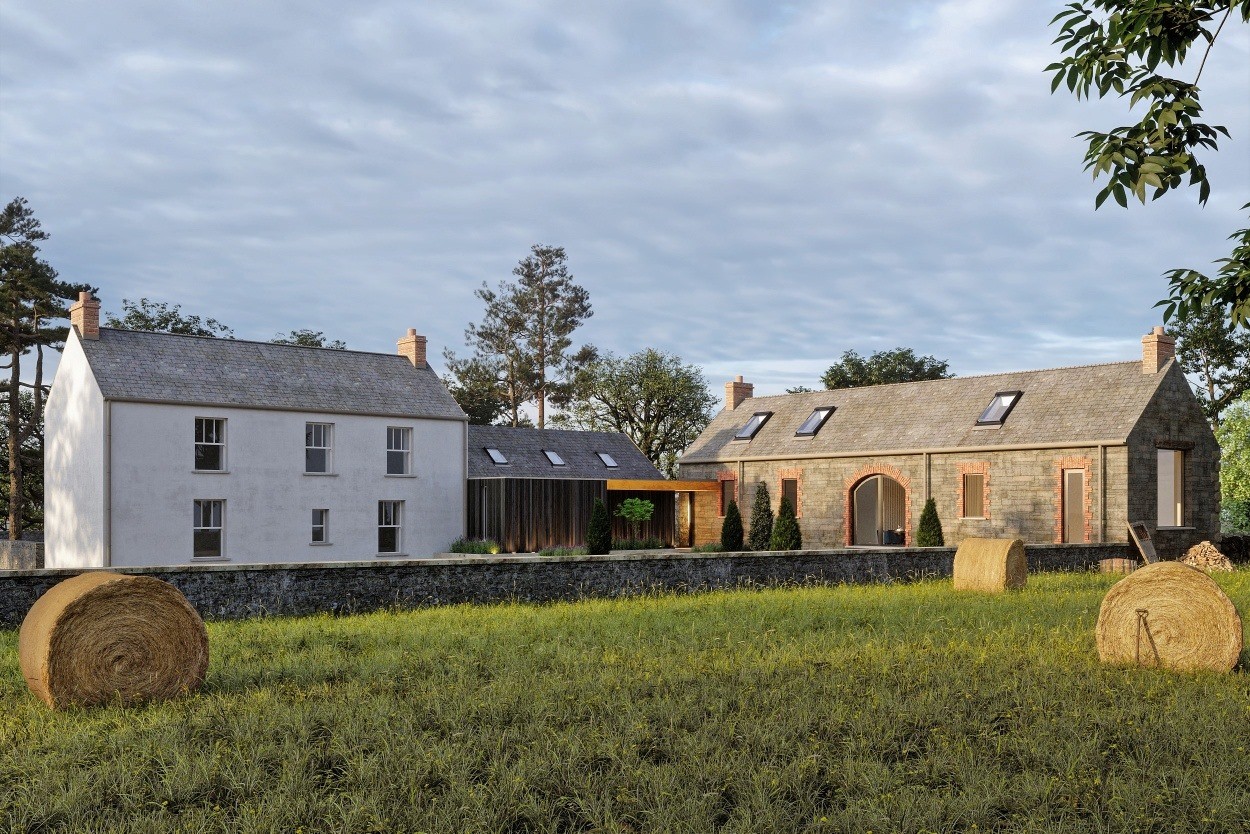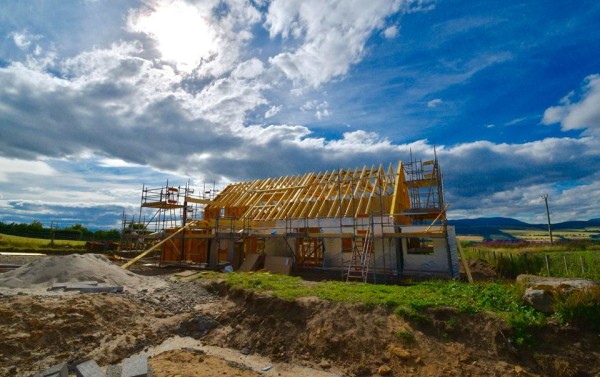How to build an energy-efficient home on a budget
1. Keep it simple
There is beauty in simplicity. The easiest way to reduce costs on a building project is to design a simple shaped house. A complex design will cost you a lot more money so think carefully before adding gables, dormers, balconies, curves or structural glass. It is possible to achieve a striking eco-friendly home using only a box with a roof.

This home built for our clients uses the form of a simple cuboid and as a result offers the most floor area against the external wall dimensions. The use of black corrugated metal on the external creates a modern home that was built on a tight budget.
2. The best things come in small packages
Be realistic about how big your home needs to be so that it comfortably meets your needs. A home that is bigger than you need will leave a bigger carbon footprint as it will cost more to build, and the running costs will be higher.
3. Build to the Passivhaus standard
Do what you can within your budget to achieve the principles of Passivhaus. The most energy efficient homes are built to be as close to this standard as possible. Passivhaus means getting the most out of the fabric of your building. It is heavily insulated and as airtight as possible. The result is an eco-home that consumes little to no energy to heat or run.
Discover five ways to increase the sustainability of your self-build from Architect Gareth Boyd in our blog here.

It is possible to achieve Passivhaus principles with a smaller budget. Maximise the solar gains on your site, which are free, to help heat your self-build. The orientation of your building will determine how much sunlight your building receives. Ideally any windows used for maximising solar gain should face south or as close to south as possible. Overheating is becoming a more common problem with the increased use of glass in modern designs although adding solar shading to your design can reduce this. North facing surfaces receive very little to no sun so it is best to keep glazing on this side of the building to a minimum. Fortify your home with heavy insulation to stop heat from escaping. There are a number of insulation options available. Some, such as straw bales, which I used on my self-build, are eco-friendly alternatives.
Find out more about how to make the most of your plot to get the best performing building here.
4. Save money on materials
Think about where you can save money on big spend items. Good quality windows, for example, are essential in an energy-efficient house. If you spend time shopping around and doing research it is possible to save a substantial amount of your budget on items like this. Shop locally as this will increase the sustainability of the build and reduce big costs to deliver items.

For this project in Ballymagarry, the timber or glulam was made locally. Timber frame is a sustainable material for your framework and if you are willing to build it yourself on site it can cut costs.
5. Roll up your sleeves
When I embarked on my own self-build in Northern Ireland, we saved a lot of money on our labour costs by rolling up our sleeves and getting stuck in where we could. Of course, there are jobs which will require the skill of a professional, and are best left that way, however getting involved can be extremely satisfying. With the help of friends, we rebuilt an old stone spine wall inside the house. My partner and his friend laid the concrete foundations, helped put the straw bale insulation into the walls and all the painting inside was done by us, our friends and family.
Discover Gareth's timber-clad self-build home in our case study here.


